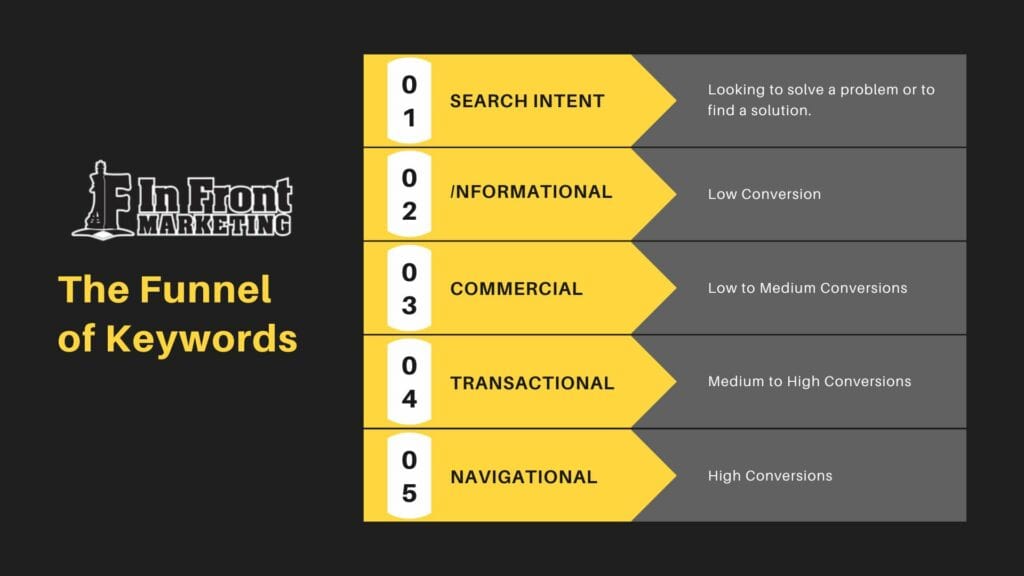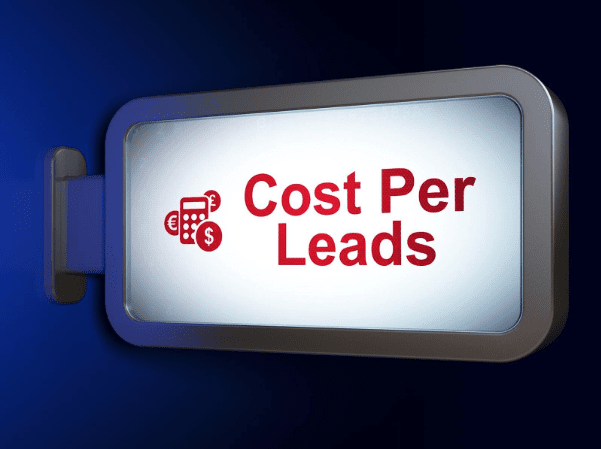Learn how user intent shapes online behaviour and why it needs to be accounted for. Understanding User Intent means you can curate your content to make the search queries.
User intent means nothing but the intention of the user when they are searching for something. It speaks to the goal they have in mind when they are looking for something. On the browsers, this transcends all search queries. Users often take to these browsers for answers or solutions to their needs.
Understanding the intent behind your user’s search queries will help you appear in relevant search queries. The better quality of content, the better visibility you acquire in searches. According to Quora, Google has 90.46% of the market share worldwide, with 63,00 searches per second on any given day and the average person conducts 3-4 searches each day.
This means that businesses should be providing a solution to the problem that their end-user may be facing. This is important when we are looking to optimize your content so that it is relative to the search terms being used. This is why businesses may be turning to Search Engine Optimization, Content Creation, and Content Optimization to improve their user’s journeys.
What is the Role of User Intent in SEO?
When your users type words into the search query, these are termed keywords. These can be short, medium, or long-tail words, depending on how the user’s intent. The relevance of these words plays an important part, as it is how businesses will optimize their content, as this is how your business will show up in the search results. With sound content, that serves the intent, your business can then improve rankings, which will increase your chance of getting your user to notice and purchase from you.
Here is why the importance of understanding your buyer persona is crucial, as the intent relies on knowing your keywords, website user experience, and your content. This is why we recommend a baseline audit or client discovery call, as you have to understand where your content currently is and what your goals are.

What types of Intent drive our Users?
This is broken into two main categories: Lower User Intent and High User Intent. This will also allow you to see what current point the users are at in your journey. We use these two buckets to then further classify the user based on a specific understanding of the user intent.
These are then broken down into further classifications to have a more specific understanding of user intent.

Low User Intent
General terms are searched. They may not be looking to buy something or be actively driven toward a purchase decision. A great example is when someone is looking for the definition of words. Low user intent is further classified by navigational and informational intent.
Navigational Intent
A user is trying to find a specific website or domain, or page. The user is looking for ways to navigate your site. This should be a fairly quick journey, with as little fuss as possible. Ensure the website is easy to navigate, with clear and concise information about your products and services. We tend to see very prominent landing pages used for this intent.
Navigational Intent is Important as the users remember your site and are most likely to recommend it to their peers. This type of intent also helps you understand the strengths and weaknesses of the website. With the help of heatmaps, we can see which pages are doing well, which products are striking a chord with users, and which ones are not relevant. You can also gauge whether or not your customers are finding it easy to complete the desired action or simply dropping off.
Informational Intent
Information is when a user wants to find information about something. Typically, this is why you want to be on the first page of a search when your target audience is looking for something. This is how we build brand authority and trust. Being able to provide prospects with the information that they are searching for may not lead to conversions at first, but it will assist in conversions for remarketing purposes.
How to optimize your content for this purpose is to ensure that there are consistency, clarity, and results. Ensure you are updating your content, titles are clear and straightforward and they include relevant keywords with high search volumes.
These intents are important as the majority of searches are with the intent informational, making it the most common type of intent. This is crucial and you need to understand this user intent well before putting out content. Good Informational and educational content will help build brand visibility and start the path for future growth opportunities. Creating familiarity with your users and providing value helps in keeping your audience engaged, with conversions to loyal paying customers in the long run.
Some Examples of Informational Intent Keywords:
How to do marketing
tutorial on social media posting
Resources for Website Design & Development
High User Content
This intent signifies a determined intent for the searcher to convert and become a paying customer. It could be buying a product, service, subscription, and anything that involves completing an action in exchange for some value. These types of users are looking for extremely specific information that may drive them toward a purchase decision. High user intent is further classified into transactional and commercial intent.
Transactional Intent
This type of user is the most likely to convert. They have the intention of completing a transaction or purchase. Their searches are very direct, as they often use very specific transactional keywords, such as “buy Blazer EV” or “Digital Marketing – In Front Marketing”
The focus for this intent should be on a clear and concise landing page. More than content, you should be focusing on a smooth check-out process for people with this type of user intent. If there is any complexity at the check-out, people may drop off or head over to a competitor site. Your Calls-To-Action on all pages is well-placed and leads the users to the desired location to complete the action.
Users with this type of intent are revenue for your business. These people are action-takers, and you need them to help you keep growing. These users have more or less made up their minds about making a purchase, so half your battle is already done. The last step of the process can be achieved with a hassle-free and intuitive check-out process.
Some examples of transactional Intent:
Buy Child Hockey Skates
iPhone 14 in stock near me
Digital Advertising Calgary
Commercial Intent
This intent shows when a user has a transactional intent but wants to find more information before making a purchase. It is a blend of informational and transactional user intent. It is not uncommon that people want to be certain of their purchase, especially if they are making big buy decisions. They often check reviews or create a shortlist before making a purchase.
Optimizing for Commerical Intent
You need to make sure that you provide adequate data points on your website that assists users. This can be in the form of reviews on the website or blogs that feature content on how your products or services can be helpful.
Commercial intent is important are considered Revenue Builders, as they mean a lot to your business goals and customer retention rates.
Examples of Commercial Intent Keywords
iPhone 14 vs iPhone 14 Pro Max
Google Advertising vs Traditional Print Advertising
Understanding the user intent is the first step in building a successful business with your target customer in mind. Your services and products can be top of the line, yet if you do not know your customer intent, you could be losing customers, or unable to maintain growth. Your business priority must always be to target user intent and keep developing optimized content for each stage of the user journey.

Takeaways:
Enhancing your business’ SEO Strategy is possible when you have a full understanding of user intent at each stage of the journey.
Navigational Intent may be low user intent but is key to capturing your audience.
Informational intent leads a business to create a knowledge bank for its target users. Given the endless search volumes, it is necessary that businesses provide resources and education to serve their user’s needs. Defining a transaction means your business is of the utmost importance. Subscribers for a newsletter. Focusing on commercial user intent can work on filling an important gap in your user’s purchase journey.
How to Find User Intent?
To find a user intent for a specific product, service, or topic, conduct generic research on a search engine and see the top results. Any information that is found will give you a fair idea of the user intent for that niche.
Why is User Intent Important?
It is necessary to understand the intent of your users because it helps create more engaging content. It also helps optimize content as per the users buying intent.
How do you measure user intent?
You can use Google Analytics and see what keywords people are using when they visit your site. This will help you understand your intent of users and provide them with content that will be most relevant for them. You can also use a heatmap tool like Hotjar, which will assist in identifying where your visitors click more on the website so that you can see what kind of information they are looking for.
What is intent optimization?
Intent optimization is nothing but providing tour target users with the best answers to their immediate queries. These can be completed in numerous ways.
Reach out to In Front Marketing to see how your content evaluates for your Customer Persona. Our team is here to help with all your marketing needs.


